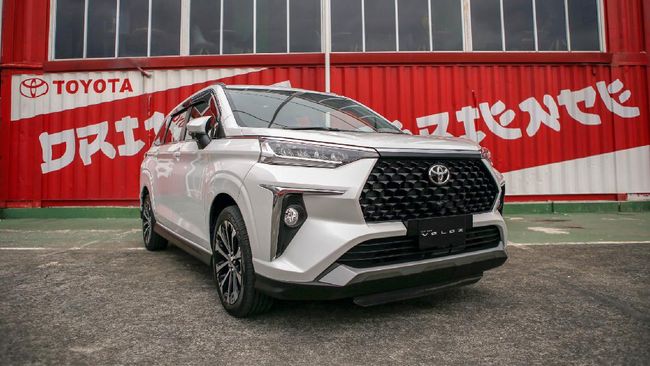“We estimate that Artemis III (…) will not be until 2025,” Nelson said, referring to the name of the program, which in the first phase, called Artemis I, envisages an unmanned robotic flight to the moon.
–
Part of the Artemis II phase is to reach the orbit around the moon with the crew on board the spaceship.
–
Astronauts as part of the Artemis III mission are then scheduled to land on the lunar surface.
–
The delay brought a lawsuit
Nelson cited a seven-month lawsuit that blocked communication between NASA and Elon Musk’s SpaceX over work on the lunar module as the main reason for the delay.
–
NASA’s decision to enter into a $ 2.9 billion (CZK 62.6 billion) contract exclusively with SpaceX has been challenged by rival billionaire Jeff Bezos, a rival company Blue Origin.
–
Last week, the court dismissed Blue Origin’s lawsuit, and NASA is now set to resume collaboration with SpaceX as soon as possible.
–
Another reason, according to the AP, Nelson cited the fact that Congress did not provide the agency with enough money to develop a landing system.
–
Test flight in February
However, according to the AP, NASA is still counting on the first test flight of its lunar Space Launch System (SLS) with the Orion capsule next February, where no one will be on board (ie Artemis I).
–
Astronauts will already join Artemis II’s flight, but they will only reach our natural companion and will not land on its surface. This second phase of the program is not due until 2024 – a year later than planned.
–
And that, according to Nelson, postpones the landing on the moon to at least the mentioned year 2025.
–
The Artemis program itself focuses on the exploration and use of resources in space, including the Moon and, in the future, Mars. It has the ambition to get Americans back to the lunar surface, where they were last in 1972 under the Apollo program. For the first time, a woman should also stand on it.
–
NASA originally planned to return to the moon by 2028, but the Trump administration chose a more ambitious goal to get American astronauts there again in 2024, Reuters said.
–
Upcoming reconnaissance vehicles
But the US space agency has plans for the next few years. E.g. Australia is set to produce a semi-autonomous vehicle for NASA, which should not start looking for oxygen on the moon until 2026 at the earliest. Its technology is derived from the remote control of trucks, the AP agency reported recently.
–
The 20-kilogram vehicle will take oxide-containing rock samples, which will then be extracted by another NASA facility. Oxygen extracted from the lunar surface could ultimately allow the human crew to stay permanently on the moon and support future missions to Mars.
–
In addition, in September this year, American experts announced that they had selected a location on the moon where the VIPER robotic vehicle would start searching for water and other resources in two years.
–
The rover’s landing site will be the western rim of the Nobile crater at the south lunar pole, with the lunar south pole being one of the coldest regions in the solar system, according to scientists.
–
NASA has entrusted the transport of the rover to the Moon to two private companies. Astrobotic’s Griffin landing module is expected to ensure that the vehicle will settle on the lunar surface in 2023. Griffin and VIPER will first be launched into space by the Falcon Heavy rocket from SpaceX.
—


